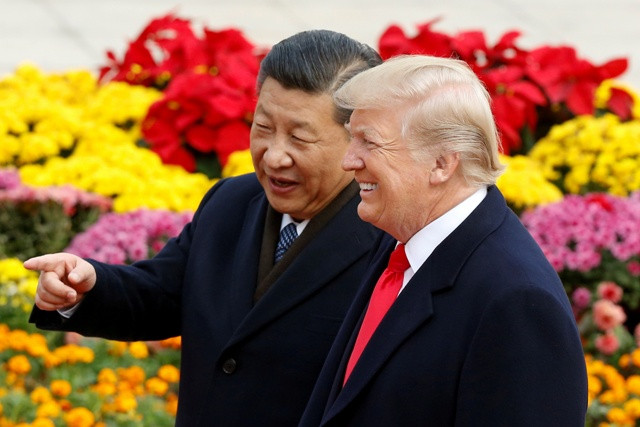US President Donald Trump announced Tuesday that the anticipated signing of the phase one deal between China and the United States is set for January 15. The US president said top Chinese officials will be flying to Washington to sign the "very large and comprehensive" phase one deal between the world's two largest economies.
The bigger news, however, is that both countries are now ready to move forward with phase two deal after the signing. Trump said he is scheduled to fly to Beijing "at a later date" as talks will begin on phase two. Aside from phase two, Trump said both parties will engage in different bilateral talks to resolve issues on trade.
The American president has yet to confirm date for the phase two talks. At the same time, full details of what constitutes the China-US phase one deal are still being kept under wraps.
What only known publicly was that China agreed to buy more agriculture products from the US, amounting to about $200 billion in the next two years. The amount includes $40 billion worth of soybeans from American farmers who suffered the most during the peak of the China-US trade conflict.
China also agreed with the US' request to not hand over technology and trade secrets to the Chinese government. Trump believed China gained access to important technology secrets and used it to the country's own benefit. Previously, China compelled US tech firms operating in the Asian country to divulge their copyrights and trademarks before they can be allowed to operate in the world's largest market.
The phase one trade deals also saw the US promising to drop all other tariffs that could take effect in the future. This includes tariffs on $160 billion of Chinese goods that include electronic gadgets, toys, and apparel. The Trump administration also promised to cut tariffs on an additional $112 billion of Chinese goods.
While both countries refused to publicize what included in phase one deal, global markets were already optimistic. For more than a year now, financial analysts were already worried about the recession happening in the US if the trade war persists. Even activities in global trading were lackluster as the conflict ravages on.
There was a restlessness in the past two years as the China-US trade war drag economies of both countries. The restlessness was particularly pronounced in mid-2019 when both manufacturing sectors of China and the US declined. At the same time, both the US dollar and the Chinese yuan performed unpredictably.
As soon as reports of the US and China reaching agreement on phase one deal broke, however, markets started behaving more favorably. For instance, China's Shanghai index was back to record high which was last seen in 2014 while US futures rose generally.






